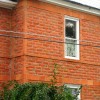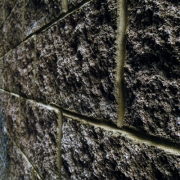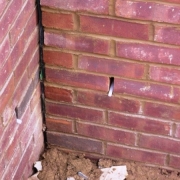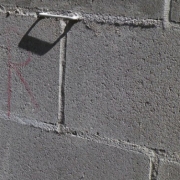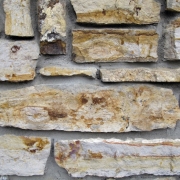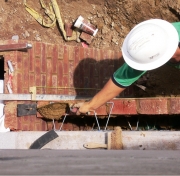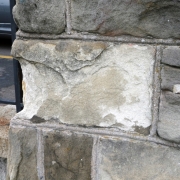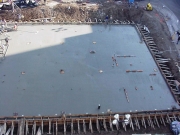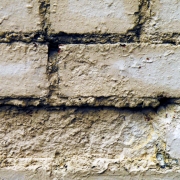Ceramic Glazed Clay Masonry
This topic includes information related to design and construction with ceramic glazed clay masonry. Appropriate for both load-bearing and non-load-bearing applications, ceramic glazed clay masonry is a durable and resilient building material. Glazing ceramic over masonry allows for a multitude of color and finish options, that are resistant to fade, scratches and graffiti.

